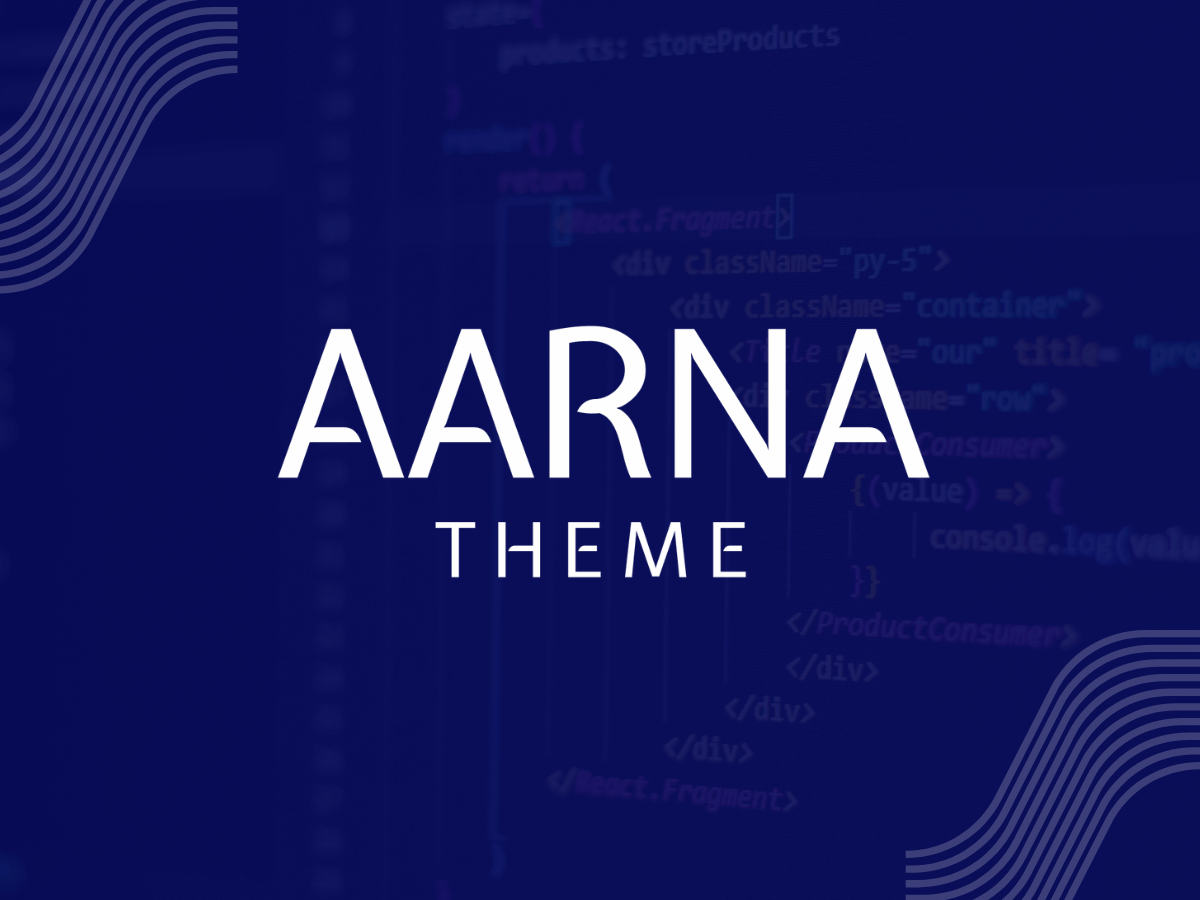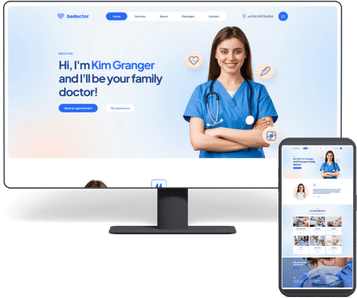In the rapidly evolving digital landscape, businesses must stay ahead of the curve to deliver exceptional user experiences and maintain a competitive edge. One crucial technology in this regard is the headless Content Management System (CMS). If you’re unfamiliar with the term, don’t worry—this blog will break down what a headless CMS is and why integrating one into your business strategy could be a game-changer.
What Is a Headless CMS?
To understand a headless CMS, let’s first briefly revisit what a traditional CMS entails. Traditional CMS platforms, like WordPress or Drupal, come with both a backend (where you manage content) and a frontend (the part users see). This monolithic structure is straightforward but can be limiting when it comes to flexibility and scalability.
A headless CMS, on the other hand, decouples the content management from the presentation layer. In simpler terms, it separates the backend (where content is created and managed) from the frontend (how that content is displayed to users). This is achieved through an API (Application Programming Interface) that delivers content to any frontend or device.
Why Your Business Needs a Headless CMS
Omnichannel Delivery
In today’s multi-device world, users interact with content through a variety of channels—websites, mobile apps, digital kiosks, IoT devices, and more. A headless CMS enables you to deliver consistent content across all these platforms without having to reformat or duplicate efforts. It provides a single source of truth for your content, ensuring consistency and efficiency.
Flexibility and Customization
Traditional CMS platforms often come with predefined templates and structures that can limit customization. A headless CMS allows developers to build unique, tailored experiences without being constrained by the limitations of traditional CMS templates. This flexibility ensures that your digital experiences can evolve in line with the latest design trends and technologies.
Improved Performance
By separating the content management from the presentation layer, headless CMS solutions often lead to better performance. Frontend frameworks can be optimized for speed and responsiveness without being bogged down by the complexities of a traditional CMS. Faster load times and smoother user experiences can contribute to higher engagement and lower bounce rates.
Enhanced Security
Traditional CMS platforms can be vulnerable to security threats due to their monolithic nature, where both the backend and frontend are intertwined. With a headless CMS, the backend is separate from the frontend, reducing the risk of security breaches. Additionally, APIs can be secured with robust authentication mechanisms, further enhancing your site’s security.
Future-Proofing Your Tech Stack
Technology is constantly evolving, and so are user expectations. A headless CMS allows you to adopt new technologies and trends more easily. Since the content is managed independently of the presentation, you can swap out or upgrade frontend technologies without disrupting content management. This makes it easier to adapt to new digital touchpoints and platforms as they emerge.
Streamlined Content Management
Managing content in a headless CMS can be more streamlined, especially for organizations with complex content needs. With a central content repository, teams can collaborate more effectively, streamline workflows, and maintain a consistent content strategy across different channels.
Considerations for Adopting a Headless CMS
While a headless CMS offers many benefits, it’s important to evaluate if it aligns with your business needs:
Technical Expertise: Implementing a headless CMS often requires a higher level of technical expertise compared to traditional CMS platforms. Ensure you have the right team or resources to handle the development and integration.
Initial Investment: The setup and customization of a headless CMS might involve a higher initial investment in terms of time and cost. Weigh this against the long-term benefits and potential ROI.
Content Delivery Strategy: Plan how you will manage and deliver content across various channels. A clear strategy will help you maximize the benefits of a headless CMS.
Conclusion
A headless CMS represents a significant shift in how content is managed and delivered. By decoupling the content management from the presentation layer, it offers greater flexibility, performance, and security, while enabling a seamless omnichannel experience. As digital experiences continue to evolve, adopting a headless CMS can provide your business with the agility and efficiency needed to stay ahead in a competitive market.
If you’re looking to future-proof your content strategy and provide exceptional user experiences across multiple platforms, a headless CMS might be the right choice for your business. Consider your needs, resources, and long-term goals, and explore how this innovative approach can transform your digital presence.




